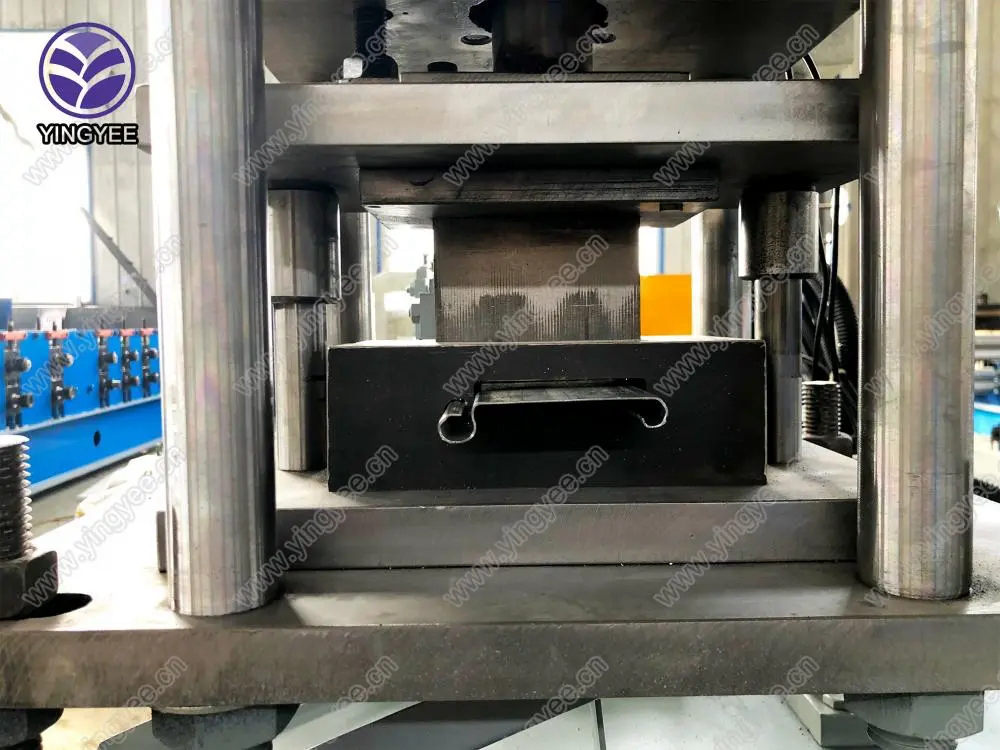
Gutter Forming Machine An Essential Tool for Modern Construction
The construction industry has evolved significantly over the years, driven by technological advancements and the ever-increasing demand for efficiency and precision. One of the key innovations in this sector is the gutter forming machine. This equipment has revolutionized the way gutters are produced, ensuring high-quality results while minimizing labor and material costs.
What is a Gutter Forming Machine?
A gutter forming machine is a specialized piece of equipment designed to manufacture continuous lengths of gutters from metal sheets, typically aluminum, steel, or copper. This machine takes raw sheets of metal and transforms them into precise gutter profiles that are crucial for effective water drainage in residential and commercial buildings. By streamlining the production process, these machines help contractors and manufacturers meet building codes and design specifications while maintaining aesthetic appeal.
How Does it Work?
The operating principle of a gutter forming machine is relatively straightforward. It typically consists of several key components, including a feed system, rolling stations, cutting mechanisms, and a bending system. The process begins with feeding the raw metal sheets into the machine. As the sheets pass through various rolling stations, they are progressively shaped into the desired gutter profile through a series of rollers.
After the shaping process, the gutter is cut to the required lengths by an integrated cutting mechanism. Some advanced models even include features for adding holes for drainage, further enhancing their utility. Once formed, the gutters can be straightened or adjusted to match the specific needs of the installation site.
Advantages of Using Gutter Forming Machines

1. Efficiency One of the most significant benefits of gutter forming machines is their ability to produce gutters quickly and continuously. Traditional gutter production methods often required manual labor, which was time-consuming and prone to errors. With these machines, contractors can produce long sections of gutters in a fraction of the time, allowing for faster project completion.
2. Cost-Effectiveness By reducing labor costs and waste material, gutter forming machines contribute to overall cost savings in construction projects. They enable manufacturers to optimize material usage, ensuring that every cut and bend is as accurate as possible.
3. Customization Modern gutter forming machines provide the flexibility to create custom gutter designs and sizes. This adaptability allows contractors to meet specific client needs and project requirements without the constraints of pre-fabricated options.
4. Quality Control The automation of the gutter forming process minimizes human error and ensures consistent quality across all produced sections. With precise measurements and uniform profiles, builders can be confident in the integrity and performance of their gutters.
5. Versatility Gutter forming machines are capable of working with various materials, including different types of metals and finishes. This versatility allows contractors to select the best materials based on environmental conditions and aesthetic considerations.
Conclusion
In today's competitive construction landscape, efficiency and precision are paramount. The gutter forming machine represents a significant advancement in the production of essential components like gutters. By facilitating the quick, cost-effective, and precise manufacture of gutter systems, these machines play a vital role in the overall success of construction projects.
As the industry continues to embrace innovation, the future of gutter forming technology looks promising. With ongoing improvements in automation and design capabilities, we can expect even more streamlined processes and enhanced product quality. Whether you are a contractor, builder, or manufacturer, investing in a gutter forming machine could prove to be a game-changing decision, aligning your operations with the demands of modern construction.